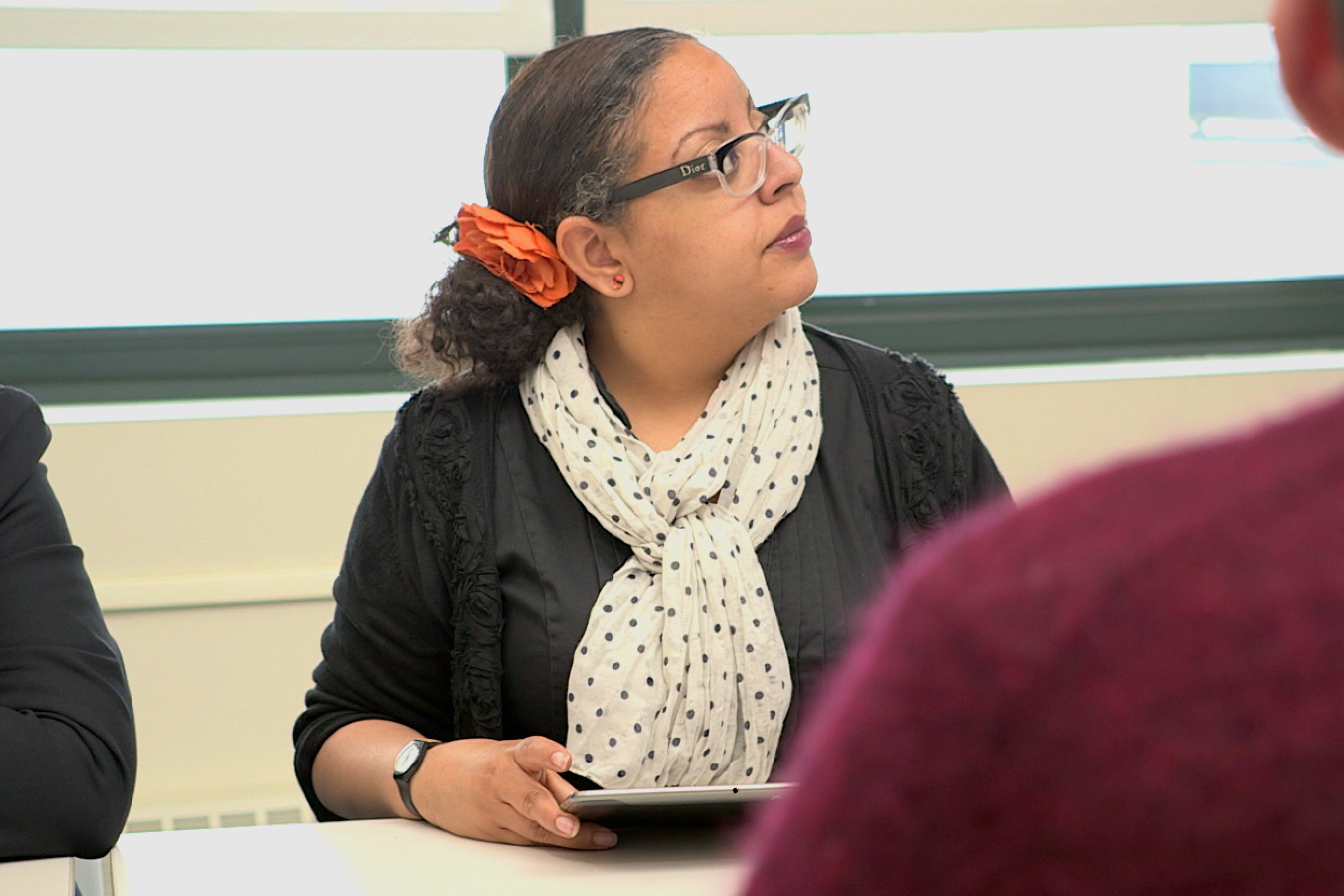
In Phase 1 of this series, we defined the Science of Reading and described its potential to deliver literacy transformation—in your classrooms and districts, and nationwide.
Change at that level requires hard work at your level, starting with what those in the field often call exploration.
In Phase 1, you established the rationale for changing to a Science of Reading curriculum and built buy-in from stakeholders.
Now, it’s time to think about Science of Reading programs: Which will best help your school or district transition to evidence-based practices that will drive results for students? This post will focus on Phase 2 of change management: selection, adoption, and initial implementation of Science of Reading resources.
Selecting the best Science of Reading curriculum for your schools
It’s easy for a program to claim alignment to the Science of Reading, but it’s up to you and your team to evaluate that program for true fidelity to the research. That’s how you’ll select only the most effective instruction that will ultimately make the greatest difference to your students.
When it comes to the Science of Reading, it’s not just about the “what,” but also the “how.” Many programs include phonics, but how they teach phonics is just as critical. True Science of Reading practices will focus on both word recognition and language comprehension at different rates depending on where students are in their learning trajectory. They will also include rich and intentionally sequenced knowledge building focused on a wide depth and breadth of content domains.
True Science of Reading programs will also adhere to these principles:
- Science-based reading instruction is a matter of equity.
- Learning to read proficiently in any language requires both word recognition and language comprehension.
- Literacy instruction in each language must reflect its unique elements.
- Reading in any language is not natural and must be taught systematically and explicitly.
- Background knowledge and vocabulary are as critical to comprehension as decoding skills.
- Foundational skills and instruction must be systematic, explicit, and engaging, using multiple modes and senses.
- Universal screening and progress monitoring are critical to ensure all students receive the right instruction.
- Science-based reading instruction reduces the need for intervention and allows students to move forward as capable, confident readers.
We recommend using this curriculum evaluation tool from our friends at The Reading League to guide you through this critical step.
Adopting a Science of Reading curriculum
Remember, the three key drivers of educational change are process, practice, and people. So let’s break the adoption phase down into these categories:
Process
- Establish an adoption committee: Select a diverse group of teachers and coaches in the district—including Science of Reading skeptics who may have a large influence in their school communities.
- Establish criteria for selection: Determine the key factors aligned to evidence-based practices and requirements for selecting materials.
- Review and shortlist materials: Gather resources that meet the established criteria. Conduct a review and evaluation process to create a shortlist of materials for further consideration.
- Involve the committee and stakeholders: Share the shortlisted materials with the adoption committee and other relevant stakeholders. Facilitate discussions, solicit feedback, and gather input.
- Make a purchase decision: Based on feedback and evaluation, decide which resources to purchase. Obtain necessary approvals and complete the procurement process.
- Prepare for material delivery: Order the materials from publishers. Coordinate with schools and relevant staff to ensure readiness for delivery and distribution.
Practice
- Conduct pilots in a few classrooms with the resources under evaluation.
- Monitor and evaluate teacher and student experiences.
- Collect data and results to inform the decision-making process.
- Report back to the adoption committee.
People
- Build understandings of the Science of Reading: Begin to educate and engage all stakeholders, including educators, administrators, and families, that are not part of the adoption committee, about the Science of Reading and why the shift is being made.
- Create a plan for training: Put together a plan to provide Science of Reading professional development opportunities, workshops, and resources.
Questions to answer at this stage:
- Did we establish clear criteria for selecting materials that focus on evidence-based instructional practices?
- Have we conducted a thorough review of the programs that will be evaluated?
- Do the instructional materials that will be evaluated include practices or resources that do not align to the research behind how students learn to read?
- How will we ensure all aspects of Science of Reading research are part of the resources being evaluated?
- How will we provide professional learning opportunities to all stakeholders that support transition to evidence-based instructional practices?
Implementing a new Science of Reading program
Here’s where you put your newly adopted resource into practice. The key to this stage is to help teachers move away from ineffective legacy practices and start making the shifts to evidence-based practices. Individual change is a critical component of organizational change.
Here come the 3 Ps again:
Process: Build comprehensive training plans and materials for faculty and staff that will support implementation, including observation checklists and periodic training sessions. Develop explicit processes for collecting and interpreting data to monitor the fidelity of implementation. Create resources to support family engagement.
Practice: Develop understanding of the program material among stakeholder groups to ensure effective adoption of new literacy practices. Provide continuous professional learning opportunities and ongoing coaching.
People: Acknowledge that this stage will involve a range of emotions, including anxiety and frustration. Celebrate successes, recognize individual hard work of individuals, and highlight student growth. Establish communication channels to share positive stories with all stakeholders.
Questions to answer at this stage:
- What continuous professional learning will be implemented, how and for whom?
- How can we support educators in the first school year of implementation?
- How will we monitor data to ensure the changes are creating positive outcomes for students?
- What data will we collect to prioritize understanding adoption of new materials and evidence-based literacy practices?
When you’ve answered these questions, you’re ready to move on. And if you need more information as you go, we’re here for you!
More ways to explore:



